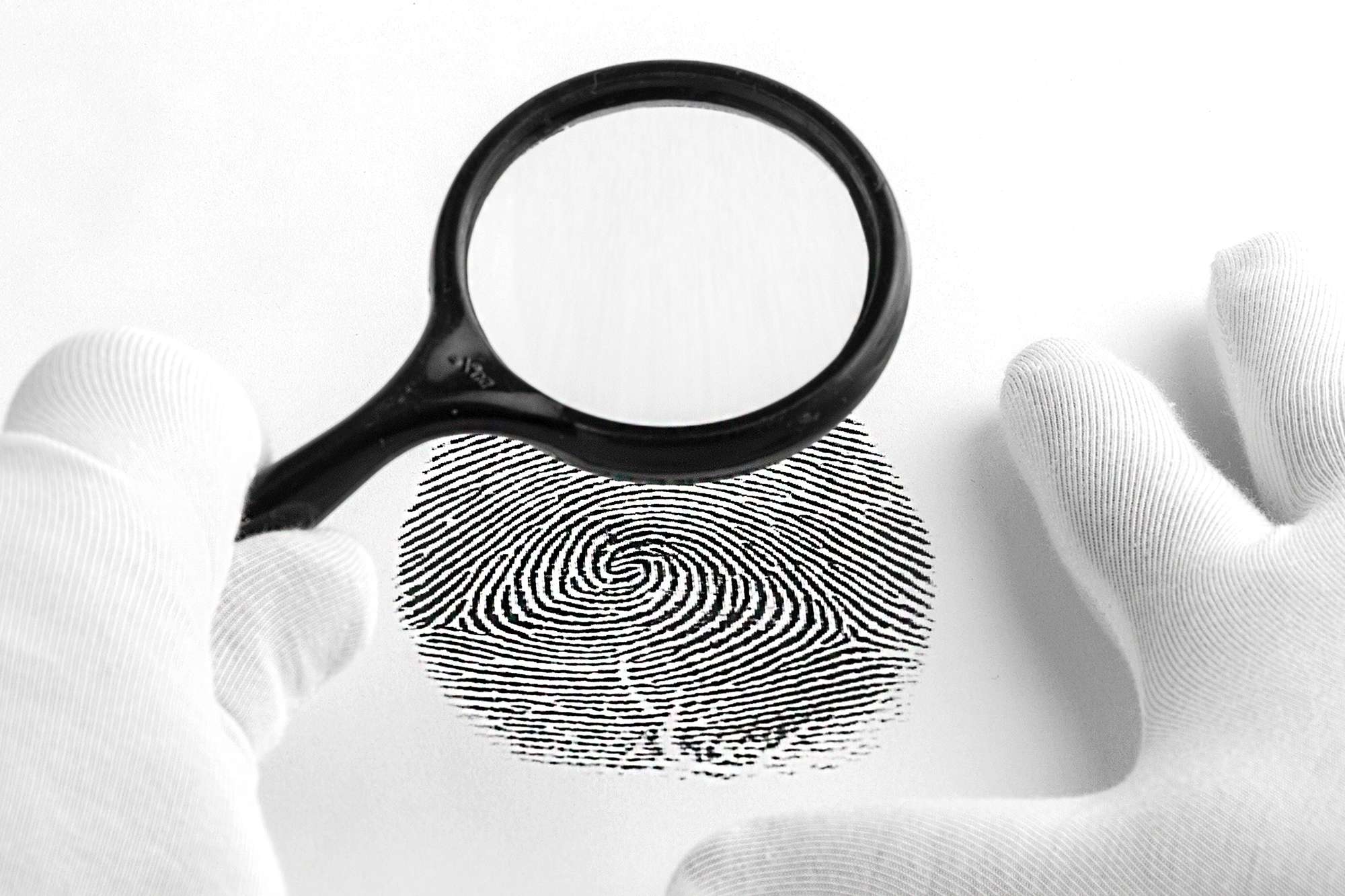
Forensic science is a captivating field that combines scientific principles with investigative techniques to solve crimes and mysteries. From analyzing blood spatter patterns to examining trace evidence, forensic scientists play a crucial role in unraveling the truth behind puzzling cases. As we delve into the world of forensic science, we uncover fascinating facts that highlight the ingenuity and significance of this discipline. Whether it's the pioneering advancements in DNA analysis or the utilization of entomology in crime scene investigations, the realm of forensic science is filled with intriguing discoveries and breakthroughs. Join us on a journey through 20 fun facts about forensic science, where we explore the remarkable innovations and compelling applications that have shaped this riveting field.
Key Takeaways:
- Forensic science, derived from Latin, uses diverse techniques like DNA analysis and insect behavior to solve crimes and identify individuals, revolutionizing the pursuit of justice and truth.
- From analyzing handwriting to reconstructing faces from skulls, forensic science combines science and investigation to uncover crucial evidence, captivating and fascinating the world.
Forensic Science is Not Just for Solving Crimes
Forensic science is a captivating field that combines science and investigation to uncover crucial evidence. Here are 20 intriguing facts that shed light on the diverse and fascinating world of forensic science:
Forensic Science is Derived from the Latin Word "Forensis"
The term "forensic" originates from the Latin word "forensis," which means "of or before the forum." This highlights the historical association of forensic science with legal proceedings and public debate.
The First Recorded Use of Forensic Science Dates Back to Ancient China
In ancient China, during the 6th century, a book called "The Washing Away of Wrongs" documented the use of handprints and fingerprints to solve crimes. This marks one of the earliest instances of forensic science being employed in a criminal investigation.
The Father of Forensic Toxicology is Mathieu Orfila
Mathieu Orfila, a Spanish toxicologist, is widely regarded as the father of forensic toxicology. His groundbreaking work in the 19th century laid the foundation for the systematic analysis of poisons and their effects on the human body.
Sir Arthur Conan Doyle's Character, Sherlock Holmes, Popularized Forensic Science
The iconic fictional detective Sherlock Holmes, created by Sir Arthur Conan Doyle, played a significant role in popularizing forensic science. His astute use of logical reasoning and forensic techniques in solving mysteries captivated audiences and inspired real-life forensic investigators.
Forensic Entomology Utilizes Insects to Solve Crimes
Forensic entomology involves the study of insects and their behavior to determine the time and location of death in criminal investigations. Insects play a crucial role in providing valuable insights into the timeline of a crime.
The Innocence Project has Exonerated Numerous Individuals Through DNA Testing
The groundbreaking work of the Innocence Project has led to the exoneration of numerous wrongfully convicted individuals through the use of DNA testing. This has brought attention to the importance of accurate forensic evidence in the criminal justice system.
The Study of Lip Prints is Known as Cheiloscopy
Cheiloscopy, the study of lip prints, is a lesser-known yet intriguing aspect of forensic science. Lip prints, like fingerprints, are unique to each individual and can be used for identification and forensic analysis.
Forensic Odontology Involves Identifying Individuals Through Dental Records
Forensic odontology, or forensic dentistry, plays a vital role in identifying individuals through dental records. Dental characteristics and records are utilized to establish the identity of victims in cases where traditional identification methods may not be feasible.
Forensic Anthropologists Reconstruct Faces from Skulls
Forensic anthropologists possess the remarkable ability to reconstruct facial features from skeletal remains. This skill is invaluable in cases where the identity of a deceased individual is unknown, aiding in the process of identification.
The FBI's Combined DNA Index System (CODIS) Stores Genetic Information
The Combined DNA Index System (CODIS), managed by the FBI, stores DNA profiles from convicted offenders, unsolved crime scene evidence, and missing persons. This extensive database serves as a powerful tool in linking perpetrators to criminal activities.
Forensic Science Can Analyze Footwear Impressions to Link Suspects to Crime Scenes
Footwear impressions left at crime scenes can be analyzed using forensic techniques to link suspects to specific locations. The distinctive patterns and wear marks on footwear provide valuable evidence in criminal investigations.
Forensic Document Examination Analyzes Handwriting and Signatures
Forensic document examination involves the analysis of handwriting, signatures, and documents to determine their authenticity and identify potential forgeries. This meticulous process is crucial in legal and investigative settings.
Forensic Ballistics Examines Firearms and Ammunition
Forensic ballistics encompasses the examination of firearms, bullets, and ammunition to link them to specific crimes. This field plays a pivotal role in determining the type of weapon used and identifying potential suspects.
The Study of Tool Marks Helps Identify the Instruments Used in Crimes
Forensic experts analyze tool marks left at crime scenes to identify the specific instruments or tools used in criminal activities. This analysis aids in reconstructing the sequence of events and establishing crucial links in investigations.
Forensic Artistic Reconstruction Creates Facial Depictions of Unidentified Individuals
Forensic artists utilize their skills to create facial reconstructions of unidentified individuals based on skeletal remains. These visual representations are instrumental in generating leads and identifying unknown persons.
Forensic Science Can Determine the Sequence of Gunshot Wounds
By meticulously analyzing gunshot wounds, forensic experts can determine the sequence of shots fired in a crime. This information is vital in reconstructing the events surrounding firearm-related incidents.
Forensic Geology Links Soil and Mineral Evidence to Crime Scenes
Forensic geologists examine soil and mineral evidence to establish connections between geological materials found at crime scenes and potential suspects. This interdisciplinary approach provides valuable insights in criminal investigations.
Forensic Psychiatry Assesses Mental States in Legal Contexts
Forensic psychiatry involves the assessment of mental states and behaviors within legal contexts. This field plays a crucial role in evaluating the psychological aspects of criminal cases and informing legal proceedings.
Forensic Science Continues to Evolve with Technological Advancements
Advancements in technology, including DNA analysis, digital forensics, and imaging techniques, have revolutionized the field of forensic science. These innovations have enhanced the accuracy and efficiency of forensic investigations.
Forensic science encompasses a diverse array of disciplines, each playing a vital role in uncovering evidence and unraveling mysteries. From the meticulous analysis of DNA to the study of insect behavior, the world of forensic science is as intriguing as it is indispensable in the pursuit of justice and truth.
Conclusion
In conclusion, forensic science is a captivating field that combines scientific principles with investigative techniques to solve crimes and bring justice to the forefront. From the intricacies of DNA analysis to the meticulous examination of trace evidence, forensic science plays a crucial role in unraveling mysteries and uncovering the truth. Embracing a blend of cutting-edge technology and time-honored methodologies, forensic scientists continue to push the boundaries of discovery, making invaluable contributions to the criminal justice system. As our understanding of forensic science evolves, so too does our ability to shine a light on the darkest of circumstances, ultimately making the world a safer place.
FAQs
What are the main branches of forensic science?Forensic science encompasses various branches, including forensic biology, forensic chemistry, forensic anthropology, forensic pathology, digital forensics, and forensic psychology, each specializing in different aspects of criminal investigations.
How does forensic science contribute to solving crimes?Forensic science aids in solving crimes by analyzing physical evidence such as DNA, fingerprints, fibers, and ballistics, providing crucial insights that can link suspects to crime scenes and corroborate or refute alibis. This scientific approach helps build a comprehensive understanding of criminal activities, ultimately leading to the apprehension of perpetrators and the delivery of justice.
Forensic science captivates imaginations, but what lies beneath surface-level intrigue? Unraveling complexities requires expertise, dedication from professionals working tirelessly behind scenes. Forensic scientists, crime scene investigators, DNA fingerprinting specialists—each plays crucial roles in solving puzzles, bringing justice. Their astounding skills, surprising techniques merit exploration for anyone curious about inner workings of criminal investigations. Why not satisfy curiosity by learning more? Delving deeper reveals even juicier tidbits!
Was this page helpful?
Our commitment to delivering trustworthy and engaging content is at the heart of what we do. Each fact on our site is contributed by real users like you, bringing a wealth of diverse insights and information. To ensure the highest standards of accuracy and reliability, our dedicated editors meticulously review each submission. This process guarantees that the facts we share are not only fascinating but also credible. Trust in our commitment to quality and authenticity as you explore and learn with us.


